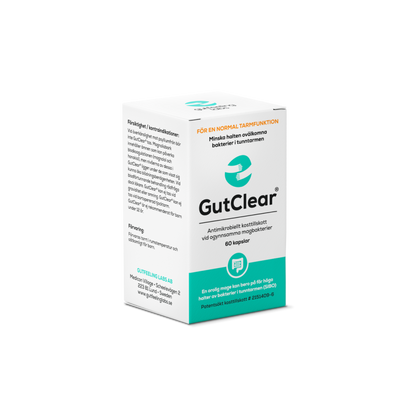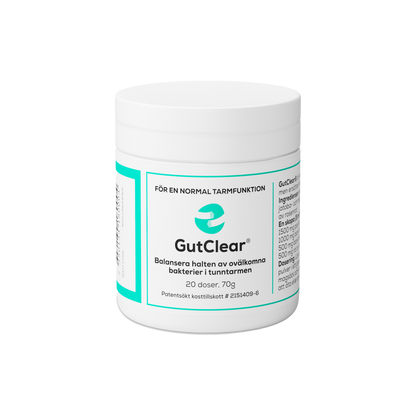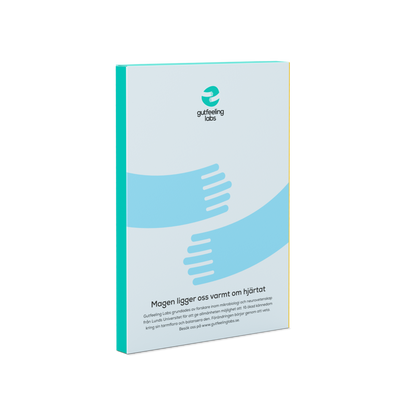
Gut microbiome testing
With our gut microbiome test, you get to know the bacteria in your intestinal flora and how you can influence your gut bacteria in a positive direction since the right bacteria in the right place in the intestinal system is linked to increased well-being.
Couldn't load pickup availability
International delivery to your mailbox 5-10 working days after ordering
Gut microbiome testing - change begins with knowledge
Research shows that the intestinal flora can affect our immune system, our nervous system and the barrier function of the intestinal mucosa. In other words, the intestinal flora affects our well-being. The gut microbiome test is for those of you who are curious about your intestinal flora and want dietary advice based on the intestinal flora profile, or for those of you who already are on a particular diet and want to know if this suits your intestinal flora and is beneficial. The gut microbiome test is for those who want to know more about your gut health and try to influence it in a positive direction.
With our gut microbiome test, you get answers to which bacteria your intestinal flora consists of and also in what quantity. We also inform you about the role of your gut bacteria and possible connections between the intestinal flora and your health. With a sampling kit, you easily take a stool sample at home, which you then send to us by post. You create an account at mygutfeelinglabs.se where you can see the results within three weeks after we have received your sample.
This is the result you will receive from the microbiome test
We have chosen to measure a number of groups of bacteria that we know affect the gut and well-being:
- Presence of bacteria that are beneficial for the body
- Presence of potentially disease-causing bacteria
- Presence of bacteria that may be associated with health problems
Together with your test result, you will receive customized advice on diet and nutritional supplements that can help you favor the gut bacteria that produce health-promoting substances and reduce bacteria that may cause discomfort.
Curious about what a test result might look like?
The gut microbiome test - get your mind around the gut
Gut microbiome testing
The intestinal flora can affect us in several ways due to the different functions and properties of the gut bacteria. By testing the intestinal flora with us, you get to know the beneficial and less beneficial bacteria in your gut. Depending on your unique intestinal flora profile, you will then receive advice on diet and nutritional supplements to help promote the growth of your beneficial bacteria and reduce the less beneficial gut bacteria.
Couldn't load pickup availability
International delivery to your mailbox 5-10 working days after ordering
Information about the gut microbiome test
-
Product information
The gut microbiome test is a simple stool test that you take at home and send to us by post. With the test, you will get to know relevant groups of gut bacteria and their quantity. You will also receive advice on diet and food supplements that may increase the bacteria that produce health-promoting substances and reduce those that may be associated with discomfort.
Before sending the sample to us, activate your sampling kit and create an account at mygutfeelinglabs.se (see Instruction manual). You will receive a message by mail within three weeks when the results are ready and you can then log in to your account via mygutfeelinglabs.se.
-
Includes
The gut microbiome test kit contains:
- Clear instructions on how to perform the test and submit it to us
- Pre-stamped reply envelope
- Test tube
- Flushable sheet of paper that is placed on the toilet seat and facilitates sampling




